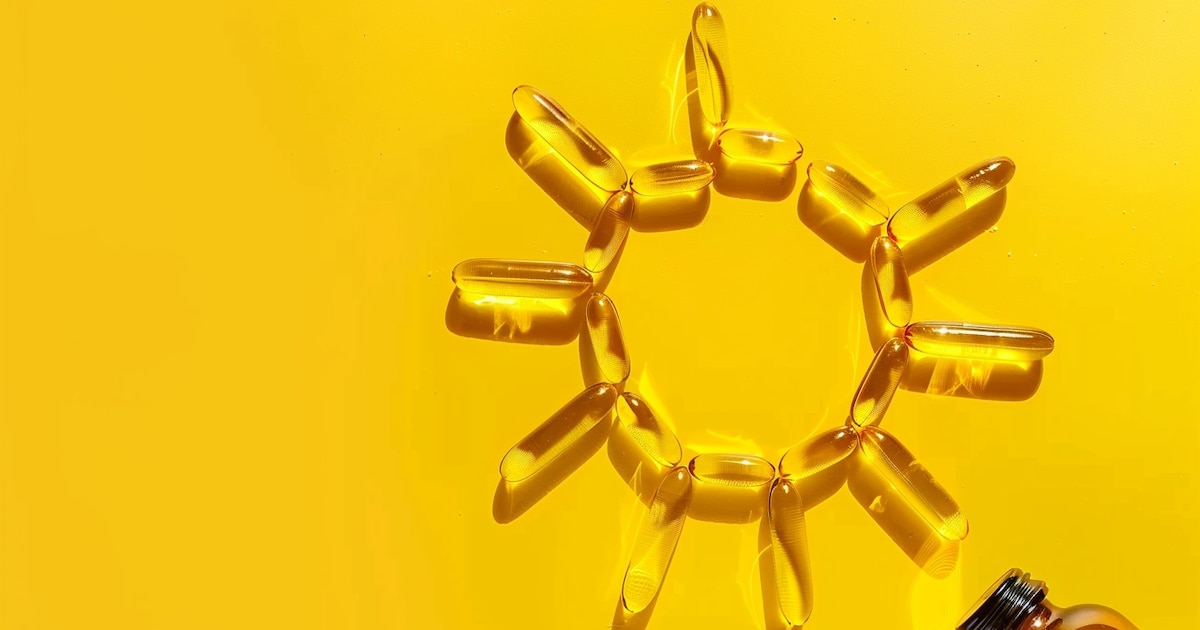


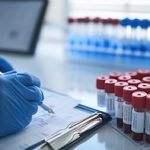

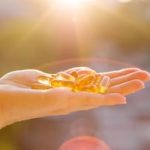


The vitamin D It is an essential nutrient for the functioning of the human body. It is key to absorption of calcium: helps the bones are strong. The amount of vitamin D that a person needs per day It depends on your age.
In addition, vitamin D is vital for muscle movement, the transmission of nervous messages and the strengthening of the defense systemas clarified by the Office of Dietary Supplements United States National Institutes of Health.
In South America, knowing if you have adequate levels of vitamin D is important, since although the population can be exposed to a lot of sun, it has been discovered that there is a deficiency of vitamin D through a study review carried out by researchers in Brazil.

According to the United States federal agency, recommended average daily amounts in micrograms are:
- You drink up to 12 months: 10 mcg
- Children from the second year of life and adolescents: 15 mcg
- Adults from 19 to 70 years old: 15 mcg
- Adults over 71 years of age: 20 mcg
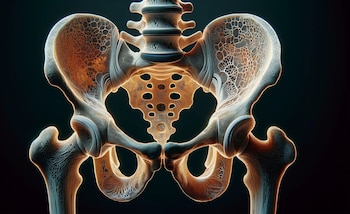
The benefits of vitamin D, including bone and muscle strengthening, are vital, and maintaining adequate levels is essential for overall health.
It helps prevent osteoporosis, a disease that causes bones to become thinner and weaker and more prone to fractures.
Additionally, the body lacks vitamin D for other functions. For example, it is essential for the immune system to fight bacteria and viruses that attack it.
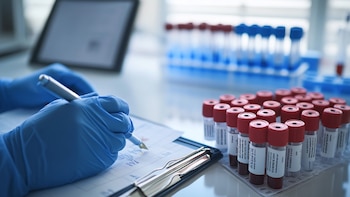
Sources of vitamin D are food, the sun and dietary supplements, according to the US Office. One way to know if a person is getting enough vitamin D is a blood test that measures its concentration.
In blood, a form of vitamin D called “25-hydroxyvitamin D” is measured in nanograms per milliliter (ng/mL). In the United States, a blood test of 12 ng/mL is considered too low and could weaken bones and harm health.
consulted by Infobae the doctor Ramiro Herediaspecialist in internal medicine José de San Martín Clinical Hospital of the University of Buenos Airessaid: “The frequency at which vitamin D levels should be measured in healthy people is not yet standardized. But attention should be paid to the issue, especially in people at greater risk of having a deficit.”
“In the groups of people most at risk, perhaps exposure to sunlight and healthy eating finds limits,” commented Heredia. It is best to consult your family doctor.”

The vitamin D deficiency has become a significant public health problem in South Americaaccording to a study that was published in Nutrition Reviews. Despite the abundant solar radiation in the region, the prevalence of this deficiency is surprisingly high.
The analysis, which included 227,758 participants from 96 studies, revealed that 34.76% of the population has insufficient levels of vitamin D, defined as less than 20 ng/mL of 25-hydroxycalciferol.
The study, which covered research published before July 1, 2021, focused on healthy adults in South America. The results showed significant variations in the prevalence of vitamin D deficiency according to age, sex, country, latitude, season of the year and year of publication.

The findings are a wake-up call for the need to implement public health strategies that include the prevention, detection and treatment of vitamin D deficiency in the region, according to the authors of the review led by Marcela Mendes and Patricia Botelhoof the Department of Nutrition of the Faculty of Health Sciences of the University of Brasilia in Brazil.
The group of researchers pointed out a paradox: in a region like South America there is high sun exposure, but there is a deficiency of vitamin D. They then pointed out that factors such as lifestyle, diet and possibly genetics could influence the levels of that vitamin in the population.

Some people have a harder time getting enough vitamin D than others. For example, older adults may be in that group. With age, the skin’s ability to produce vitamin D when exposed to sunlight decreases.
Also people who rarely expose their skin to the sun because they do not go outdoors or because they keep their body and head covered. “Sunscreens also limit the amount of vitamin D produced by the skin,” said the experts at the Office of Dietary Supplements.
People with dark skin, those who have disorders that limit fat absorption, such as Crohn’s disease, celiac disease, or ulcerative colitis, and people who are obese or who have had gastric bypass surgery may need more of the vitamin. D than others.
